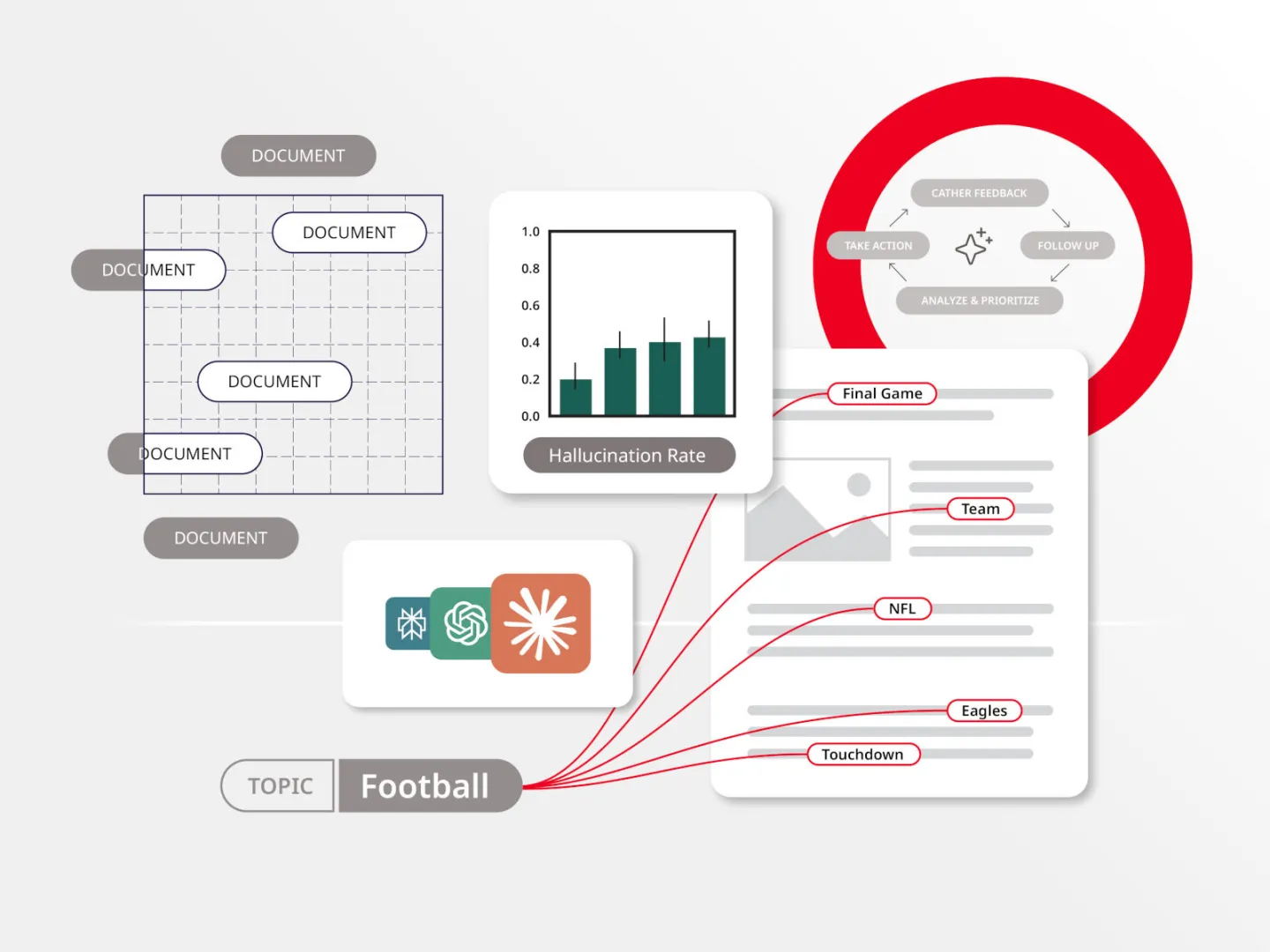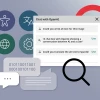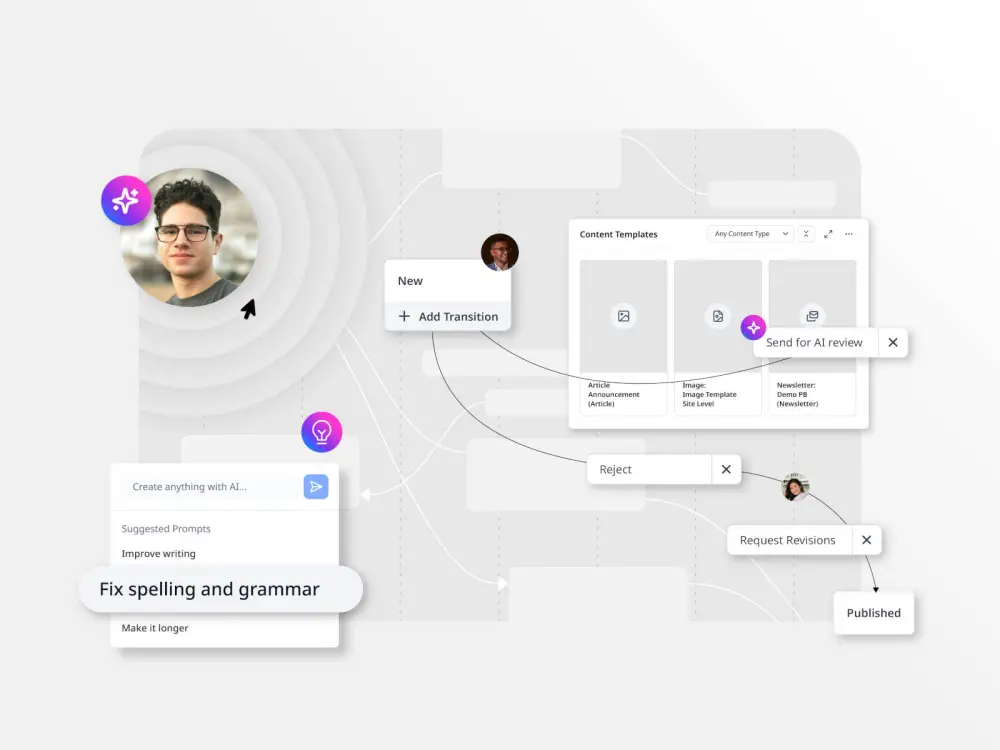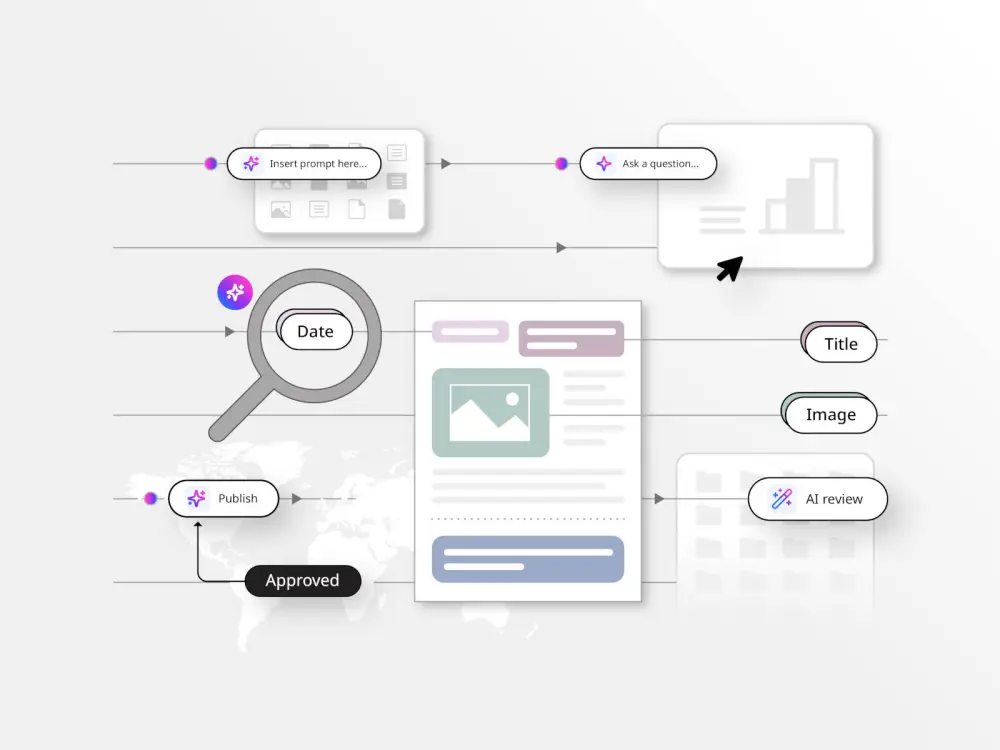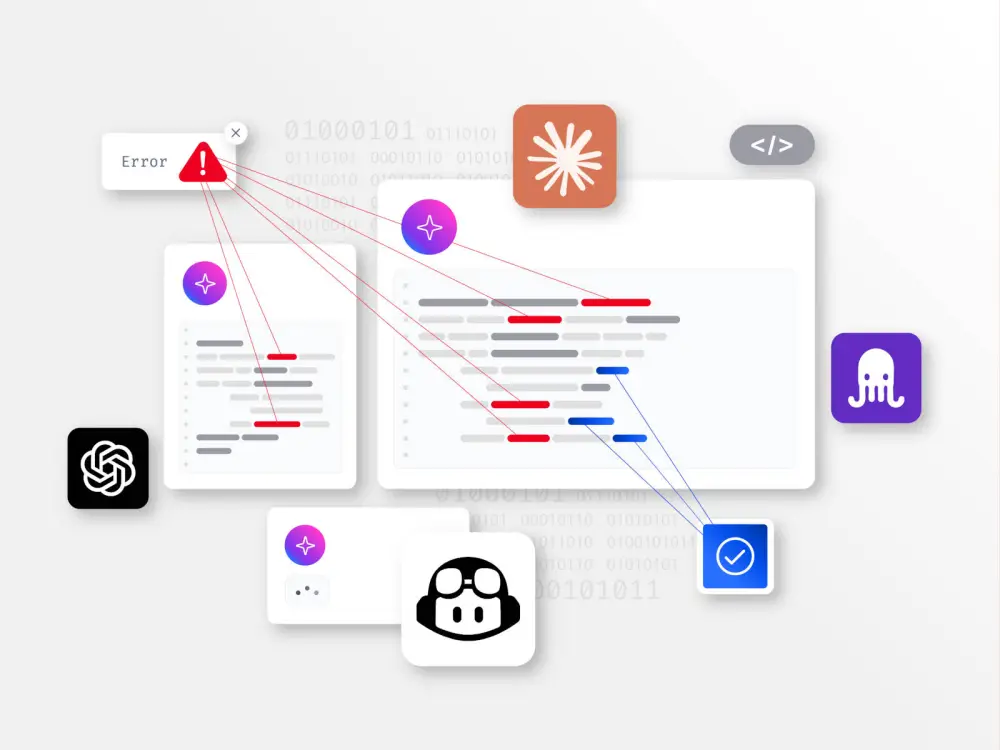AI is rapidly becoming a co-pilot for content teams. But with great speed comes great responsibility. Left unchecked, AI-generated content can erode brand trust, introduce factual errors or simply sound… robotic.
Here’s a practical list of how your team can tap into AI’s strengths while staying true to your editorial standards and voice.
Set clear boundaries for AI use
Before jumping in, define where AI can help and where it shouldn’t go.
Start with low-risk, high-leverage tasks like:
- Brainstorming headlines or meta descriptions
- Summarizing long-form content
- Rewriting for tone or format
- Acting as a research assistant to surface new angles
Keep AI out of sensitive areas like:
- Crisis communications
- Executive bylines
- Legal/compliance materials
- Social or ethical issues
- Any original thought leadership
Train AI to match your brand voice
Generic content is forgettable. AI can write with personality — if you teach it how.
- Build a brand “voice primer” with tone guidelines, preferred phrases and example CTAs or headlines
- Create reusable prompt templates that embed tone and audience cues
- Prime AI with high-performing content examples before generation
- Always include human final review to fine-tune tone
Embed human review and editing
AI can write fast, but only a human can make sure it’s right.
- Require at least one editor to review all AI-generated content before publishing
- Use an “AI smell test” to check for robotic tone, fluff or inaccuracy
- Verify every stat, quote and brand-specific reference
- Does it sound human?
- Is there a clear POV?
- Is it on-brand?
- Are all facts cited?
- Is it free of filler?
WATCH: Brightspot CPO Ravi Singh on the importance of human-in-the-loop content governance and controls when it comes to the new frontiers of artificial intelligence and the changing face of content creation
Track and monitor AI usage
Treat AI like any other publishing tool. Log how it’s being used and measure its impact.
Empower your team, don’t replace it
AI should support your team’s creativity, not undermine it.
- Offer hands-on training for AI tools across roles and skill levels
- Encourage experimentation with formats, outlines or content types
- Focus AI use on structure and support, not shortcuts
Establish governance and plan for change
AI is evolving fast. Your policies and playbook should evolve, too.
- Hold quarterly reviews of tools, processes and risks
- Assign a team lead or “AI content steward” to maintain quality and ethics
- Stay current with tool updates and industry standards
- Think long-term: What works today might need tightening or expanding tomorrow
WATCH: Brightspot CPO Ravi Singh on the need to centralize control when it comes to AI content creation
Final word
AI can be a powerful ally for content teams, if you use it with purpose. By embedding clear boundaries, consistent voice training and human oversight, you’ll protect your brand while reaping the speed and scale benefits of AI.

